Hi friends, today I am writing something about Punishakh vegetables from the Regional Horticultural Research Center.
Many types of vegetables grow naturally in our Bangladesh. Some of them are rich in vitamins, minerals and fibrous vegetables. It is a special ingredient to get rid of various diseases. It is a fresh vegetable of our country. We can get a lot of vegetables from the land if we can get help and cooperation from the people.
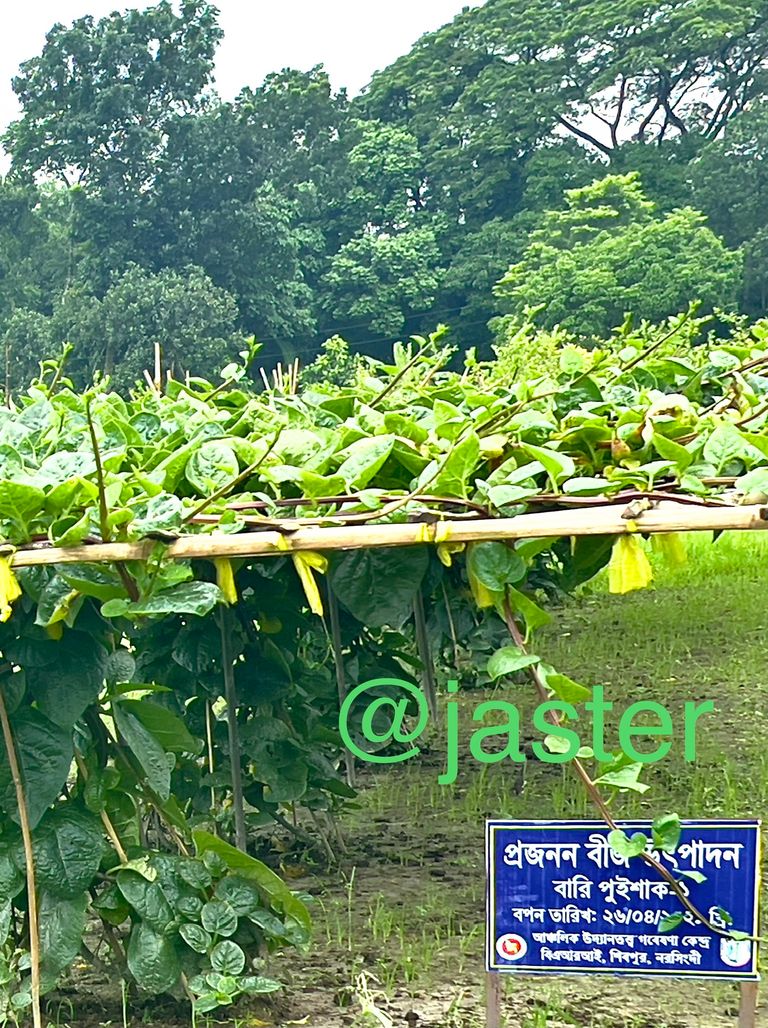
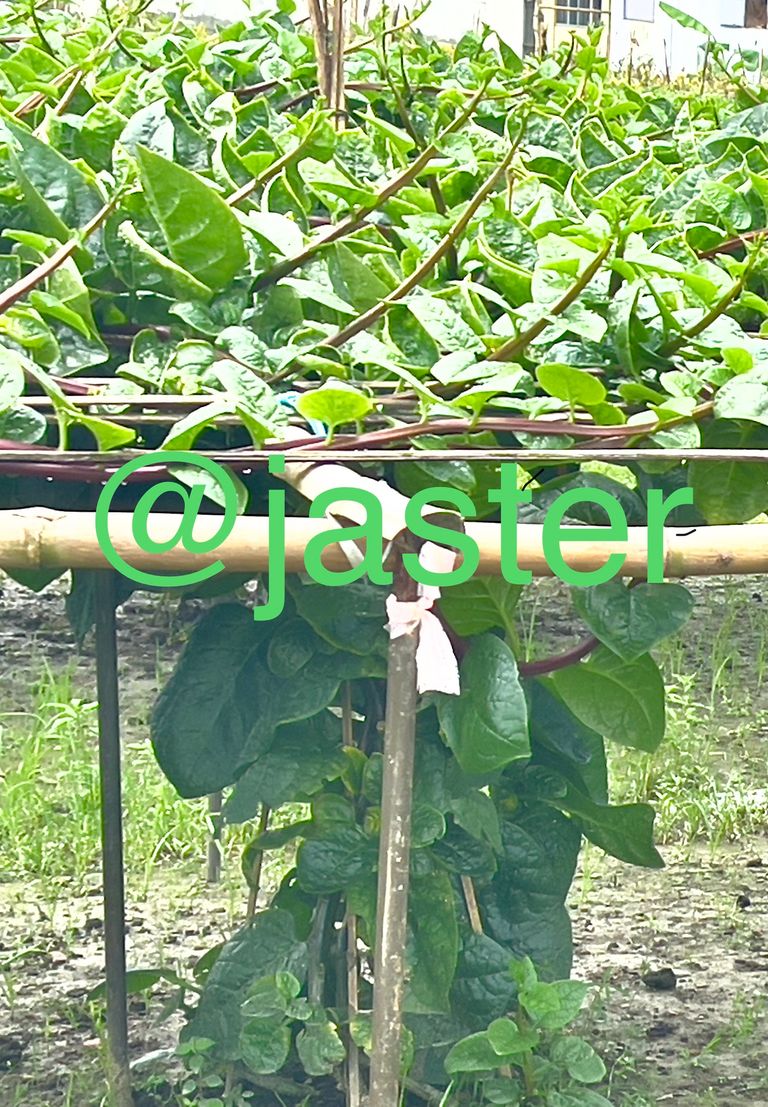
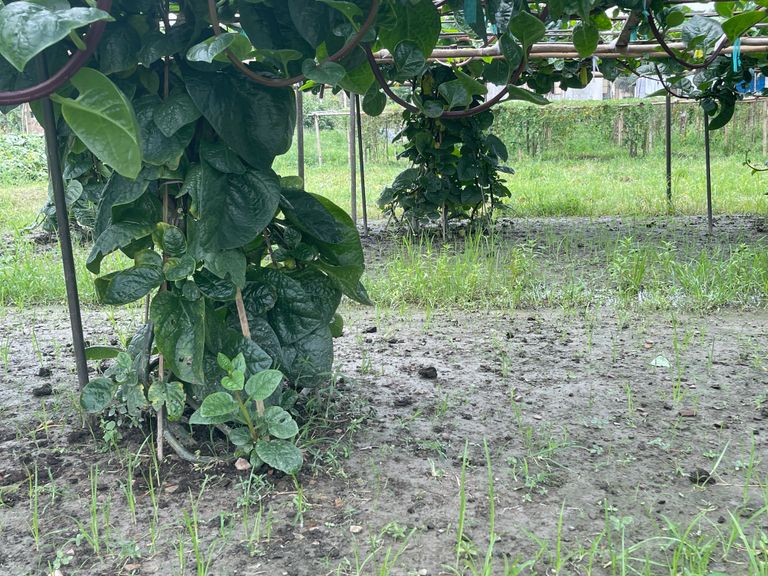
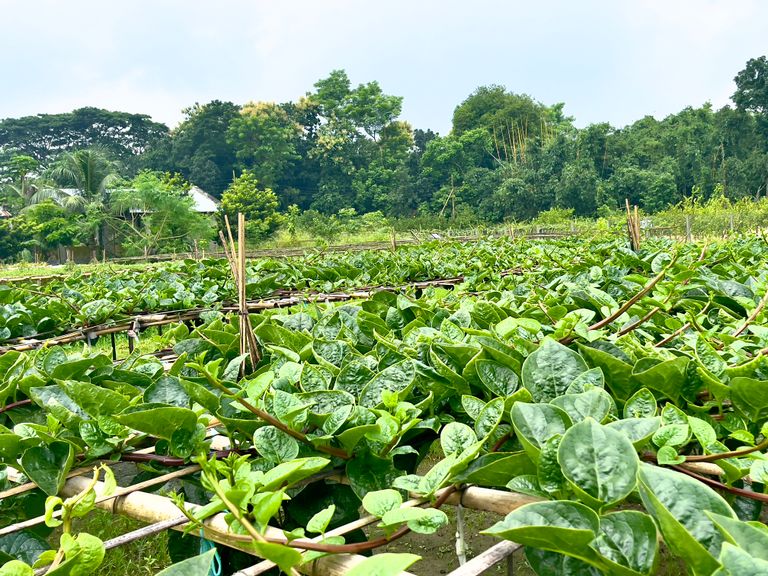
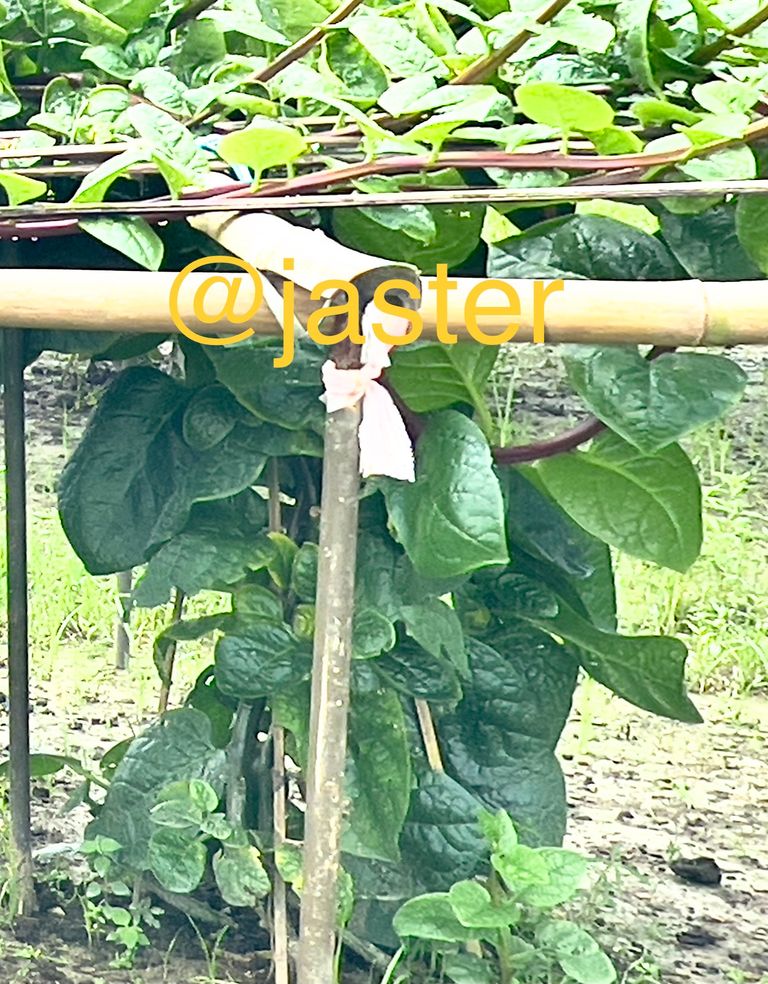
Yes friends, the garden you see is for breeding and production. Does the people of the Department of Agriculture maintain it and distribute the seeds they produce from here to the farmers in our area so that they can grow vegetables beautifully?
It will take 8-10 grams of seeds per cent.
And the amount of seeds will be more if we sprinkle. 22 to 25 centigrade temperature is required for sowing the seeds. So it is better to sow seeds in winter when the temperature is low. # It is usually cultivated in summer monsoon. The seeds are soaked in water for 24 hours and then sown in the ground. Sometimes seedlings are made in beds. Seeds are sown in beds or polybags for making seedlings from February to March. When the seedlings are two weeks old, they can be picked up and planted in the main land or the gaps can be filled. Weaving in rows will require 8-10 grams and seeds per cent.
Preparation of suitable land and planting of saplings:
After clearing the weeds of the land, it is necessary to prepare the soil well with 5 to 6 cultivations and ladders. Seedlings can be produced and planted in 15-20 days. To plant Puni saplings, seedlings should be planted at a distance of 1 m from the row and 50 cm in each row.
Fertilizer application / management in cotton cultivation:
All fertilizers except urea should be applied during land preparation. If the seedlings are 10-12 days old, the first installment of urea fertilizer should be applied 30-40 days later and the remaining two installments should be applied in three installments after the first harvest. Half of the dung and TSP should be applied in the pit during land preparation and the other half during planting. The rate of fertilizer per hectare in manure cultivation is 60 kg of dung, 500 g of mustard oil, 600 g of urea, 400 g of TSP and 400 g of MOP.
Irrigation and drainage in Punishak cultivation:
Irrigation is usually not required in the rainy season. If there is no juice in the soil, it must be irrigated. Often the soil needs to be loosened.
Weeds and weeds in Punishak cultivation:
Weeds need to be cleaned. If you want to get more yield, you have to give bauni. Water should never be allowed to accumulate at the base of the pomegranate tree. Then the roots of the tree may rot. Again, when it rains a lot, it is seen that the soil is washed away. So after the rain, the roots of the tree should be covered with soil. If the seedlings are 25-30 cm high, the tip should be cut off, it makes the tree bushy.
Insect and disease control:
Punisha is not harmed by any insect except leaf beetle or flea beetle. This insect makes small holes in the leaves of males. Sarcospora leaf spot is a deadly disease of the male. There are also a number of other diseases that can occur in mango trees. These diseases can be controlled by spraying fungicides.
The tip of the mustard tree should be cut from time to time. It also eats vegetables and new tips come out of the tree.
The yield of Punishak is 250 to 300kg per century.
From the outbreak of the global epidemic coronavirus #covid-19, everyone will be fine, stay healthy, stay safe and keep the distance.